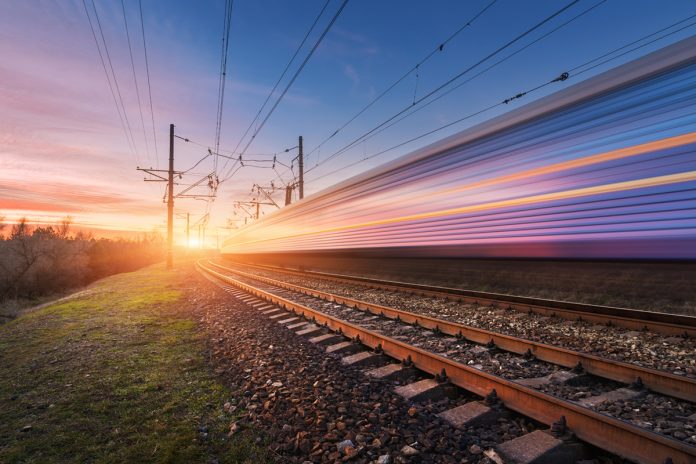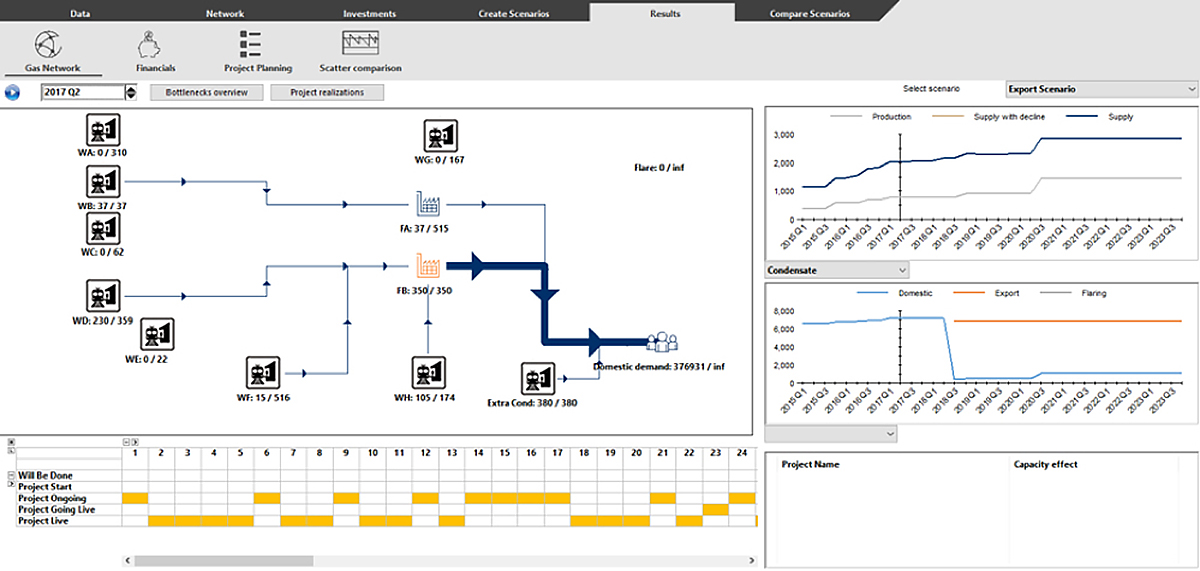Marcel van Velthoven from ZNAPZ and Frans van Helden of ORTEC explain how to optimise business results for the rail industry by means of asset management to make the right decision
Asset management is optimising the performance of your assets against business objectives, over the lifetime of the assets, while minimising cost and risk. This requires that management must make thousands of decisions, all the time, quite a challenge a) to make the right decision and b) to prove to the stakeholders that the right decisions have been taken. Fortunately, modern IT does offer good support for this day to day challenge.
Asset investment optimisation
Decisions are often taken based on a single business case, does this solve a problem and is there a positive ROI. However, companies and in particular rail companies have complex structures and many decisions to take.
Decisions with many variables that are not able to be caught in a single business case. How can management take the right decisions? This can only be done with the right algorithms in place and based on the right set of data. How this works is described in the following paragraphs.
The value framework
The first step in asset management is aligning your assets with the strategic business plan. What are the objectives of the organisation? How many passengers will we transport, how much cargo, what are the main lines and what are secondary lines? What is the punctuality target and what is an acceptable travel time? Just a few of the objectives a rail organisation have. Of course, legislation, health, safety and environment targets have always to be met. These should be the basis of the value framework the rail organisation should define and manage its performance. When the value framework is defined, the organisation needs to look at its assets.
Rail assets
One of the characteristics of a rail organisation, which makes it different from other organisations is the obligation to deliver. A second one, the ageing of the assets. Often the decision to build or maintain a railway between to places is taken a long time ago and difficult to alter even when the demography has changed significantly. When a line is installed, it becomes part of the status quo and the rail infra organisation must maintain the line to operate it safely. At the same time, railways have long-lasting assets, not only the track, but also bridges, tunnels, etc.
On top of this, there are switches, power lines and signalling systems. What is the status of these assets and what maintenance is required and when should those assets be made available and reliable? Adding to these questions is often the lack of data available to assess the actual asset health and with this, the risk of asset performance. Asset investment optimisation is strongly dependent on the right data. Building up a reliable asset register, an overview of all rail assets is a significant task and should be started as soon as an organisation decides to adopt asset management.
Rail data
When the asset register is built, and processes have been implemented to maintain, the asset register the second step in the maturity programme can be taken. This is: define, gather and maintain rail data. The rail data will tell the organisation about the asset health, based on rail usage and other variables. With this information, a better assessment can be made of the risks of the asset, another important element of asset management today. Many if not all rail organisations, have not yet defined a reliable data set to fully assess the asset health. The coordination of this could, therefore, help all rail organisations to have a much better insight.
Rail maintenance
With the asset register and asset data becoming more or less accurate, the organisation can then start to define what maintenance is required of its rail network. Now the optimisation question comes into place. What are the variables, timing, alternative assets, etc.? How the best decision be made with the available resources? Where are the resources: the available budget, the people to execute the job and the availability of the network during a given period and of course the materials? If this is not complex enough, changes in the network, removing switches, adding new lines and other investment requirements makes this decision a challenge, indeed not many asset managers are able to make these without proper tools. Also, the risk appetite and available budget are key elements that affect the decision.
The RAIO tool
The solution is the Rail Asset Investment Optimisation tool. ZNAPZ and ORTEC, both IBM business partners have based on their individual strengths, developed over the last two years a specific and unique optimisation tool that takes in account the asset risks of a rail network, supports linear assets, network planning and enables a rail organisation to perform their asset investment optimisation.
ORTEC is one of the largest optimisation companies in the world, with proven asset optimisation projects, e.g. in the oil & gas industry, but also optimisation of passenger schedules in the rail world with ProRail. ZNAPZ is IBM’s specialised ISO 55000 partner with in-depth knowledge of the rail industry and rail customers around the world for both infra and rolling stock.
The unique parameters of the tool are the integrated solution to make a decision on the real asset health, taking into account both asset risk and performance. It enables rail organisations to analyse against unlimited risk patterns and budgets. Of course, simulation is supported and full visibility of the consequences of each of the selected scenario’s. The tool is being developed supported by several rail organisations and with an interest from rail organisations in Europe and the Middle East.
Please note: this is a commercial profile
Marcel van Velthoven
Managing Director
Marcel.van.velthoven@znapz.com
ZNAPZ
Frans van Helden
Consultancy Manager
ORTEC












